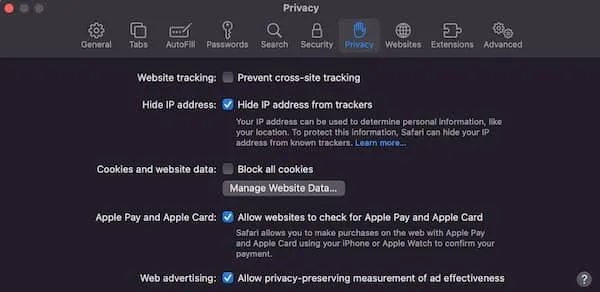July 12, 2018 | Author – Joy Lunt, RN, Past-President, ISNR
There is a difference between what ISNR , AAPB and BCIA are working on and the effort some individuals have made to ensure insurance reimbursement locally. ISNR, AAPB and BCIA efforts will be directed towards a national level that will involve insurance companies all over the country.
In the Fall of 2016, ISNR submitted an application that was a proposal for changes in the current CPT Codes.
The application was postponed and we are preparing to submit an application that will better serve the needs of those who provide Neurofeedback/Biofeedback services. This application could have been problematic as it was asking for Category III codes.
Originally, in 1978, EEG Biofeedback was given it’s own code, 90908. Later, in 1997 the Biofeedback and Neurofeedback codes were bundled together as neither of them had enough evidence of utilization to justify individual codes any longer. 90901 became Biofeedback by any modality (this replaced the 90908 code).In 1997, 90875 and 90876 were added to the bundled group. Very important to note that all of these codes are considered Category I codes. Insurance companies do recognize Category I codes for payment but very rarely, if ever, pay for Category III codes. Category III codes are considered experimental and in need of further research.
We have been attending the CPT Code Editorial Panel meetings and learning the rules and process necessary in order to make appropriate plans and take this project forward. We are learning much about the care we should have been taking with our codes as they are not handed out and then ignored. We have been remiss and are now taking the steps necessary to remedy this.
An important consideration is the utilization of Neurofeedback/Biofeedback. Insurance companies are required to keep track of every claim that is submitted with 90901, 90875 or 90876, regardless of whether it was paid or denied. We need to be able to show how often this procedure is done, what diagnosis it is being used for and who the provider of the service is.
We need as many providers as possible to begin (or continue) to submit claims. Regardless of whether the claims are paid or not, the insurance companies have an obligation to maintain records about each and every procedure code and how often a claim has been submitted. At certain points in the CPT process this is an important issue and we need to have adequate numbers of claims to show that the procedure codes are being used.
Claims can be submitted by either the provider or the patient/client. It does not require the expensive process of a billing service, the clients can submit these claims on their own.
In addition, records of each use of the codes should be kept by individual practitioners so that information can be provided should they be surveyed during the process.
Please make sure that claims get submitted/documented as this is a very important aspect of ensuring that the CPT codes we are reviewing and considering suggestions to are an appropriate representation of the services we provide.
The information that needs to be submitted/documented includes:
the code (90901, 90875, 90876), the diagnosis and the provider information including license information. A very simple form can be created and given to each client for submission if your practice does not routinely do insurance claims.
Thank you for your support and help. This is an important issue to everyone in our field, please help make this happen!




